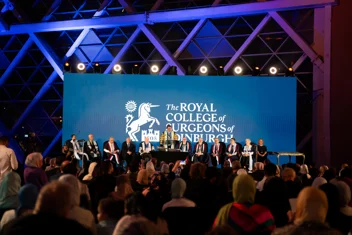Featured RCSEd Blog
Blogs Library
A Year of Diploma Ceremonies at RCSEd
This year has been a busy and exciting year at the College in many ways, with our diploma ceremonies proving to be a highlight of the College calendar. As our last diploma ceremony of 2024 has now taken place, we wanted to share some details that highlight just how much work goes into these ceremonies.
General

Dental Dean Update - Direct-to-Consumer Dentistry
Direct selling is nothing new, and I remember door-to-door sales as a young child for household brushes and cleaning products, doorstep cosmetic sales, and of course, Tupperware.
Dental

A Celebration of SAS Week in Birmingham the RCSEd Way
The Royal College of Surgeons Edinburgh has always been the backbone of the UK’s surgical fraternity. RCSEd has done so much for the SAS/LED community, and this year is no exception. The RCSEd SAS/LED Surgeons and Dentists’ Conference, held in Birmingham on October 18th 2024, was a resounding success. This annual event is organised through RCSEd’s SASLC Committee each year.
Surgical

Strengthening Our Future: Proposed Changes to the Governance of the College
The Royal College of Surgeons of Edinburgh (RCSEd) is proposing the modernisation of its internal governance procedures. This should improve the support provided for Members/Fellows, ensure professional standards are upheld, improve the focus on education and training and promote patient safety.












